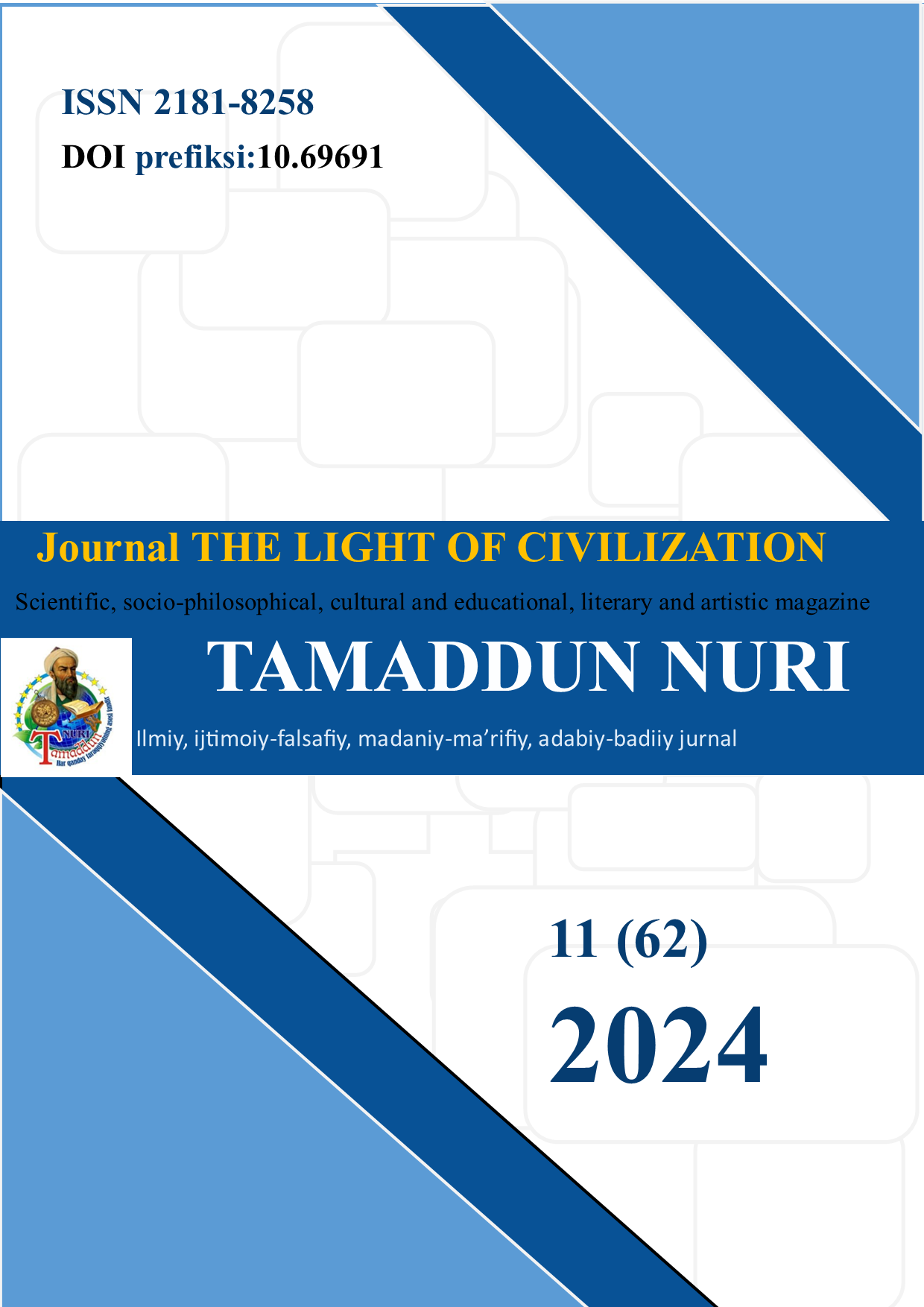THE EVOLUTION AND IMPACT OF CURRENCY IN THE SHAYBANID KHANATE’S ECONOMIC STRUCTURE
DOI:
https://doi.org/10.69691/39qh3094Keywords:
Shaybanid Khanate, Tenge currency, Monetary policy, Economic structure, Coin minting, Silver tenge, Inflation, Trade routes.Abstract
Research Objectives: This study aims to analyze the role of the tenge currency in the economic structure of the Shaybani Khanate from the 16th century, focusing on its minting, value fluctuations, and its broader implications on trade and governance.
References
Davlathoja Davudi, “Monetary Circulation of Ancient and Medieval Hatlon (5th Century BC - Early 20th Century AD)”. – Dushanbe, 2006. P. 319. (In Russian)
İsmail Safa Üstün, “The Shaybani Khanate (1500-1599)”. – Istanbul, 2015. P. 303. (In Turkish)
Davidovich, “Monetary Policy,” P. 431-443. (In Russian)
Davidovich, “Monetary Policy,” P. 433. (In Russian)
İsmail Safa Üstün, “The Shaybani Khanate (1500-1599)”. – Istanbul, 2015. P. 304. (In Turkish)
Zayniddin Mahmud Vosefi, “Badoye'ul Vaqoye' (Rare Events)”, translated from Persian by Naim Norqulov. – Tashkent: Gafur Ghulom Literature and Art Publishing House, 1979. P. 27-30.
(In Uzbek)
Kutgan, “Musahharü’l-Bilâd”. P. 154-155. (In Turkish)
B.J. Eshov, A.A. Odilov, “History of Uzbekistan, Volume II (From the Mid-14th Century to the Second Half of the 19th Century)”. – Tashkent: "NIF MSH," 2024. P. 157. (In Uzbek)
Burton, “The Bukharans”. P. 415. (In Turkish)
Togan, “The Contemporary Turkish World”. P. 120. (In Turkish)
Downloads
Published
Issue
Section
License
Copyright (c) 2024 Journal of Tamaddun Nuri

This work is licensed under a Creative Commons Attribution-NoDerivatives 4.0 International License.



